
3 Ways To Reduce Plantar Fasciitis Symptoms
Plantar Fasciitis (or heel spur) is when the plantar fascia becomes inflamed, stretched or damaged through regular walking, running or being on your feet all day. The plantar fascia is a band of muscle that stretches from your heel to your metatarsal, it plays an important role in supporting your foot arch.
What are the causes of plantar fasciitis?
There are a number of factors that can contribute to aggravating your plantar fascia, the most common being an occupation that requires you to be on your feet for extended periods of time. Plantar Fasciitis is common in Policemen/women, nurses, hospitality staff and construction workers. This is due to excessive periods of time spent on one's feet and constant moving around which puts strain on the plantar fascia, especially if it has not been warmed up or you’re wearing footwear with little to no arch support.
Footwear with poor arch support or a lack of warming up your calves are two other common causes of plantar fasciitis. As a result of a poor warm up routine, many runners also suffer from plantar fasciitis.
How do we help reduce the pain?
There are 3 proven ways to help reduce your plantar fasciitis symptoms:
- Improve your warm up routine
Whether you're a runner, a police officer, a nurse or a chef, it’s important to warm up your calves before your shift or exercise session. Incorporating a short stretching routine to help strengthen your plantar fascia and prepare it for prolonged use is one of the best ways to reduce your pain picture and prevent future tears and pain.
Check out these 6 best stretches provided by Choose PT to add to your morning routine and help reduce those symptoms.
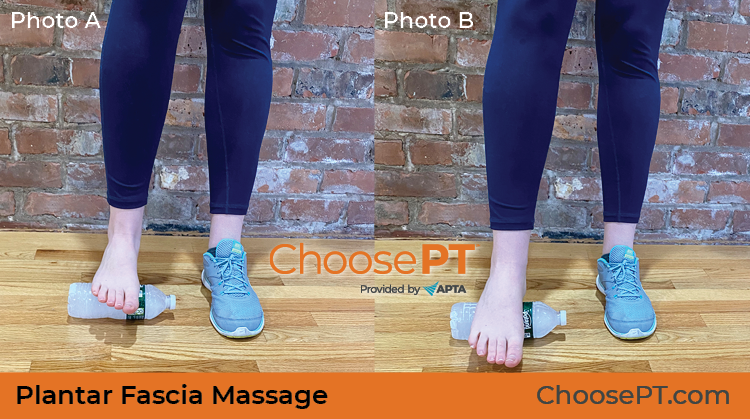 |
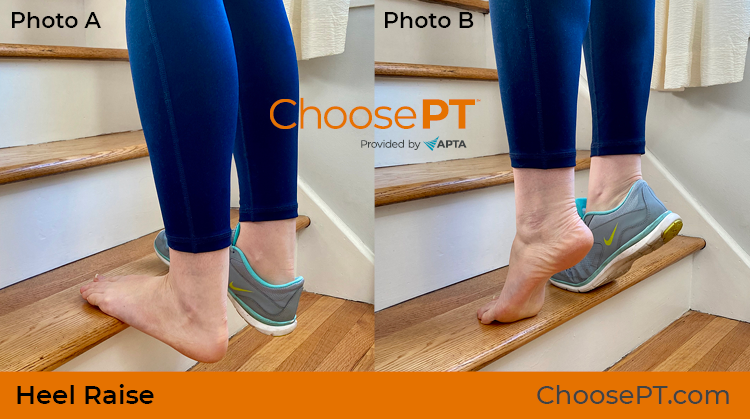 |
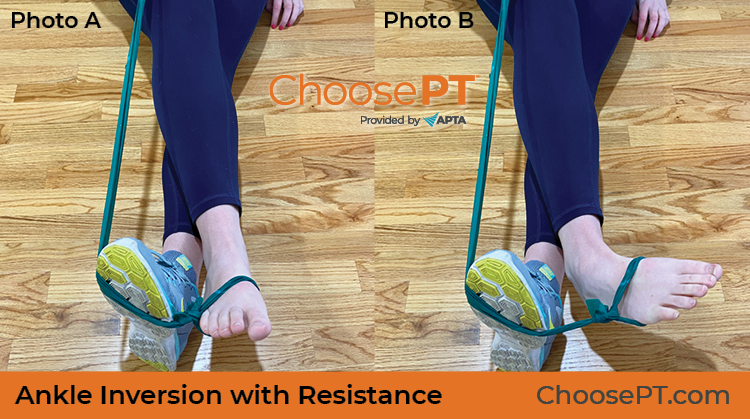 |
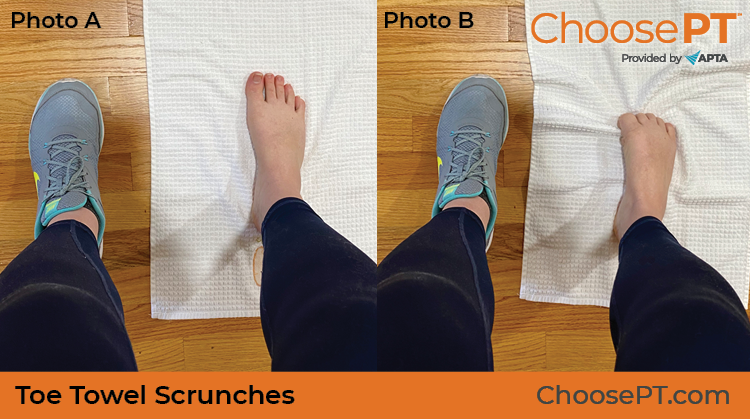 |
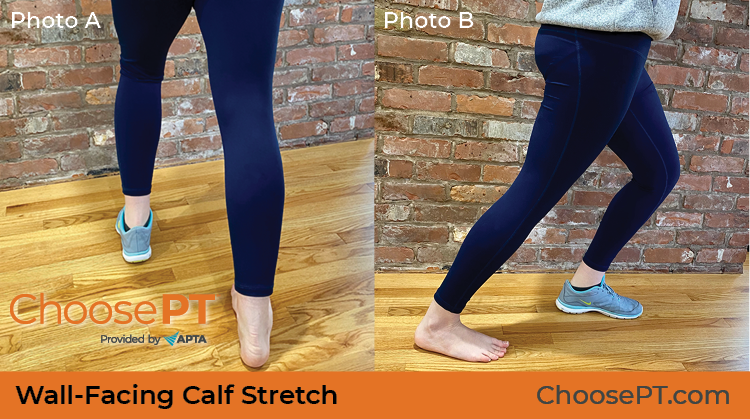 |
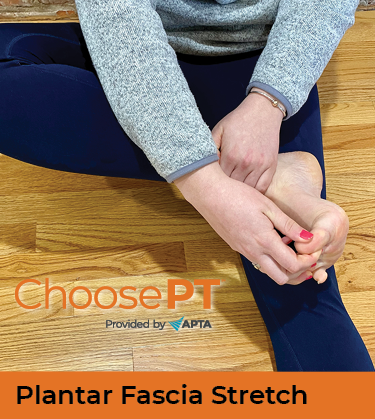 |
2.Review your footwear
Take a look at your wardrobe/foot rack and consider what footwear you use during your shift or when you’re out on a run. Does it provide adequate arch support? Is the sole/heel worn down? How long have you had these shoes? Are they helping your feet or hindering them? There are all questions you should be asking yourself before you wear them.
3. Reflexology
As reflexology is generally a practice performed on the foot, it’s natural to assume reflexology would be helpful when trying to reduce plantar fasciitis symptoms… and you’d be right!
While a regular routine of reflexology massages from a practitioner is recommended, we understand it can be both expensive and difficult to add this to your already hectic schedule. That’s where reflexology footwear can come in handy.
You can find a range of reflexology sandals on our site that help to stimulate specific areas of your foot to reduce the strain put on your plantar fascia (as well as a whole host of other benefits). However, for those on their feet all day for their jobs or out on runs, we recommend our Reflexology Insoles. They can be worn with virtually any shoe, meaning you can wear them to work or in your running shoes.
With every step, you are actively reducing your pain picture and preventing further strain or injury.





